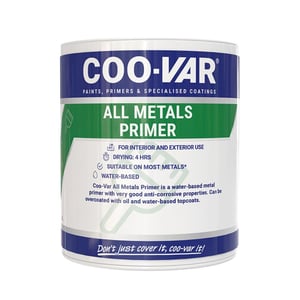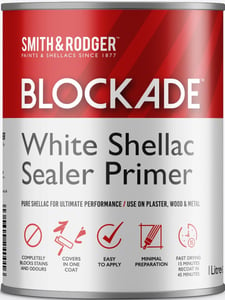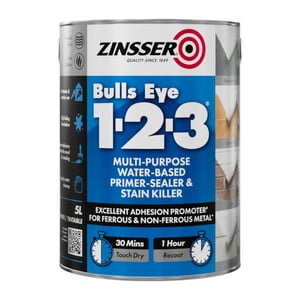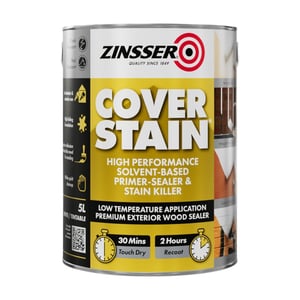What primer do I need? Types of primers and their uses explained
Primers Suitable for Each Surface
Priming a surface before painting is an important step which can mean the difference between a professional finish which lasts and a mediocre one. Not only this, but it can also promote paint adhesion, improve sheen, protect the surface and help cover stains.
However, with so many different types of surfaces, knowing which primer is right can be tricky. This guide will show which primer paint is needed for the surface you are preparing to decorate.

What is the best primer to use on metal?
To select the right primer for your metal surface you need to take into account the following:
- the type of metal to be coated
- the desired appearance
- performance requirements
- environmental conditions
Red oxide metal primer
This type, such as Coo-Var Red Oxide Metal primer, is a good general purpose metal primer for ferrous metallic objects, such as those made of iron and steel. It has anti-corrosive properties meaning that it shields the metal from oxidation and therefore rust, protecting your metal surface and giving you a professional finish which lasts.
Zinc phosphate primer
Zinc Phosphate Primer, such as those from Armstead Trade, Dulux Trade and Coo-Var, is a high performance, high build primer with excellent rust inhibiting performance. It is an ideal choice when priming a project which includes both wood and metal in the same structure as it will prime both surfaces.
Best metal primer
Another option is to go for an all metal/surface primer, available from trade paint manufacturers and even designer brands such as Little Greene and Farrow & Ball. These are suitable for most metals in an interior or exterior setting - just be sure to check the product’s instructions to ensure it is suitable for your project.
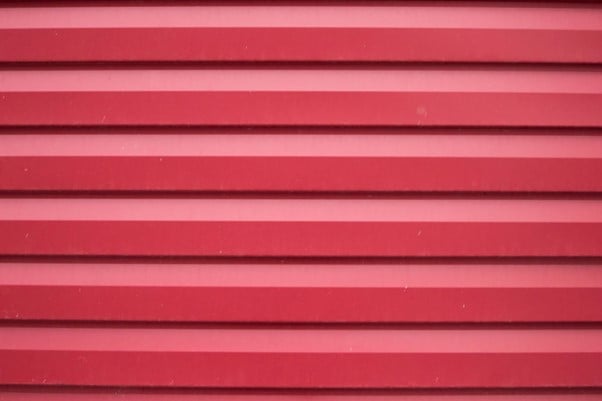
What is the best primer to use on wood?
Wood is one material for which priming is a necessity. Wood is a natural, porous material, meaning it is susceptible to damage from things such as moisture, temperature and even bugs. Although wood treatments should also be used, priming will add an extra layer of protection to the surface and ensure a perfect finish.
Weathered wood
For weathered wood most of the emphasis will be on the preparation, ensuring repairs are made and the surface is sanded to be in the best condition possible before priming. Once you have completed these steps then an oil-based primer will help to fill in any smaller damaged sections of the wood.
Painted wood
For wood which is already painted it is important to try and sand as much of the paint off the surface first as possible - failure to do so could result in lack of adhesion, flaking or a generally uneven finish. After you have a smooth starting surface you can use an oil-based primer.
Bare/fresh wood
The type of primer needed for new wood depends on the level of staining. If there is little to none then a wood oil based primer would be completely suitable. However, if there is a high level of staining then a stain blocking primer such as a shellac-based primer would be best, such as the Blockade white shellac sealer primer. A knotting solution is also required, this stops the natural knots in the wood from shining through the paint finish if not treated.
Exterior wood
For exterior wood, making sure the primer is suited for exterior use is the main consideration. Exterior wood will be exposed to moisture and extreme temperatures which can lead to mould, rot and mildew.
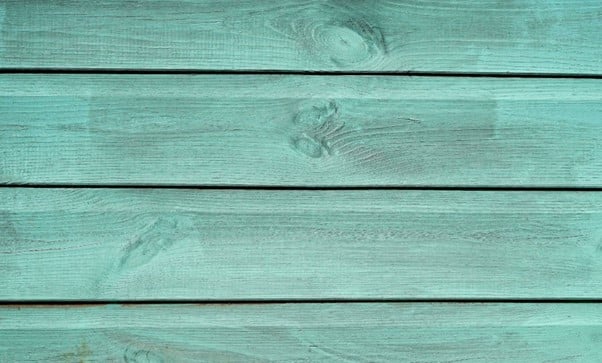
What is the best primer to use on plastics?
The shiny surface of plastic is difficult for standard primers to adhere to. An all-purpose primer which specifies it is suitable for plastic should work fine, however it is always advised that you refer to the manufacturer instructions before starting your project.
Here are some of the primers we stock at The Paint Shed which are suitable for plastic surfaces:
- Zinsser Bullseye 1-2-3 primer
- Little Greene Intelligent All Surface primer
- Tikkurila Otex Adhesion primer

What is the best primer to use on bare/fresh plaster?
None. This is because fresh plaster doesn’t actually require a specific primer; instead you can use a mist coat which acts as a primer on this type of surface. Contract matt is ideal for mist coating as it allows moisture to escape out, but doesn’t allow moisture in. After mist coating, always wait a couple of months to allow the plaster to fully dry. It may appear dry but will hold moisture for around 2 months.
A mist coat is simply a coat of a watered-down emulsion paint if not using contract matt. To make a mist coat, mix three parts emulsion with one part water (ratios can vary depending on the manufacturer).
Although it isn’t vital to use the same paint you’ve chosen for the final topcoat, you should use a similar colour to ensure an even finish.

What is the best primer to use on interior walls?
If painting over previously painted interior walls, a primer may not be needed and the topcoat can be applied directly over the previous paint.
If you are painting an interior wall to cover a stain, such as that caused by water or a smoke, you should choose a stain blocking primer, such as Zinsser Cover Stain primer. These primers specifically made for stains offer great hiding power providing outstanding stain killing and enamel undercoating performance. Stains of all kinds will be permanently sealed so topcoats are left blemish-free.
For rooms with high humidity/moisture such as bathrooms and kitchens it is advisable to choose a durable primer, preferably one which contains a biocide that protects the dried coating against fungal degradation, such as Zinsser Bullseye 1-2-3 primer.

What is the best primer to use on exterior masonry?
Like exterior wood, choosing a primer which is specifically formulated to withstand the elements outdoors is imperative.
If the surface is powdery or chalky then using a stabilising primer will help seal the area, making it easy for the topcoat to adhere.
For other exterior walls, choose an all-purpose or exterior primer.

How to prep a surface for priming?
Although priming is part of the preparation process for painting a surface, there is some prep that needs to be done before even the primer can be applied.
Step 1: Thoroughly clean the surface
Before you prime you need to ensure that the surface is completely free from dirt, dust, grime, mould, or anything else which will affect the end result.
If you are just priming interior surfaces you will be able to use sugar soap and water to clean any dirt, grease or even nicotine staining. Simply either make a sugar soap dilution or use a premade spray and wipe the area with a clean damp cloth. Once you are confident the dirt has been removed, you can go over the area with a clean cloth to get rid of any remaining traces of the sugar soap.
For surfaces which have been affected by mould, you will need to use a bleach solution or a fungicidal wash to thoroughly clean affected areas. Painting over these areas without treatment first will only lead to the problem seeping through eventually.
For external surfaces, you will probably need something a little hardier than a cloth to tackle the grime. Use a pressure washer to blast the dirt from the surface, working a stiff-bristled scrubbing brush to loosen dirt as you go.
Avoid using bleach outside to tackle mould as it can be harmful to wildlife. Instead, you can try spraying undiluted white vinegar on affected areas and leave for one hour - this should kill the mould spores allowing you to continue pressure washing and scrubbing the surface. Be sure to cover your plants for this stage as vinegar is a natural weed killer. You can also use a fungicidal wash on exterior surfaces or a sterilisation wash.
Step 2: Repair and sand
Once you are happy with the cleanliness of the surface you can move on to any repairs that need to be made.
Small nicks and chips in interior walls can be repaired with general purpose or fine surface filler by filling the damage, scraping off the excess and smoothing flat when dry.
It is a similar process for wood repairs too, using a wood filler to fill the damage to the wooden surface. Simply scrape off the excess and sand to smooth it out.
Next, you will need to sand the surface with fine 220 grit paper. If you are priming a large surface area you may want to opt for a palm sander, otherwise it will be a tiring task. Once you have treated the whole area wipe clean with a damp towel and allow to dry before priming.
Step 3: Protect your surroundings
Before you start applying the primer, it is a good idea to protect your surroundings by removing all furniture and ensuring the room is well ventilated.
Cover any remaining pieces, carpets or flooring with a drop cloth or dust sheet to protect against splatter and use painter’s tape to mask off mouldings, fixtures, trims and the ceiling.
Once you have completed these steps you can start applying the primer. Check out our guide on how to apply primer for some quick tips.
Where can I buy primer online?
At The Paint Shed we offer an extensive selection of primer paints for every type of interior and exterior surface. Whether you are a DIY novice, an experienced DIYer or a professional decorator, you will be able to find the right primer for your current project.



